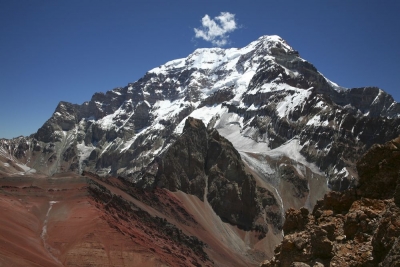Mawsynram in Meghalaya is the wettest place, based on rainfall in the world. Located in the Khasi Hills, it receives about 11,872mm (nearly 467 inches) of average annual rainfall According to the Guinness Book of World Records, the region received 26,000mm of rainfall in 1985. The mountainous terrain of Mawsynram and the nearby Cherrapunji, the second wettest place, are known for their lush greenery and scenic beauty The “living bridges are one of the most beautiful features of this region. These have been created by the local people by training the roots of rubber trees into natural bridges. With the root systems constantly growing, these bridges are self-sustaining.
Primarily due to the high altitude, it seldom gets truly hot in Mawsynram. Average monthly temperatures range from around 11 °C in January to just above 20 °C in August. The village also experiences a brief but noticeably drier season from December until February, when monthly precipitation on average does not exceed 30 millimetres (1.2 in). The little precipitation during the village’s “low sun” season is something that is shared by many areas with this type of climate.
Three reasons can be cited for high rainfall at Mawsynram:
The warm moist winds of the northward-moving air from the Bay of Bengal during the monsoon, which cover an extensive area but are forced to converge into the narrower zone over the Khasi Hills, thus concentrating their moisture.
The alignment of the Khasi Hills (east to west) places them directly in the path of the airflow from the Bay of Bengal, producing a significant uplift (plus cooling, further condensation and thus more rain).
Finally, uplift over the Khasi Hills is virtually continuous in the monsoon period because the lifted air is constantly being pulled up by vigorous winds in the upper atmosphere; hence, the rainfall is more or less continuous.
Picture Credit : Google





